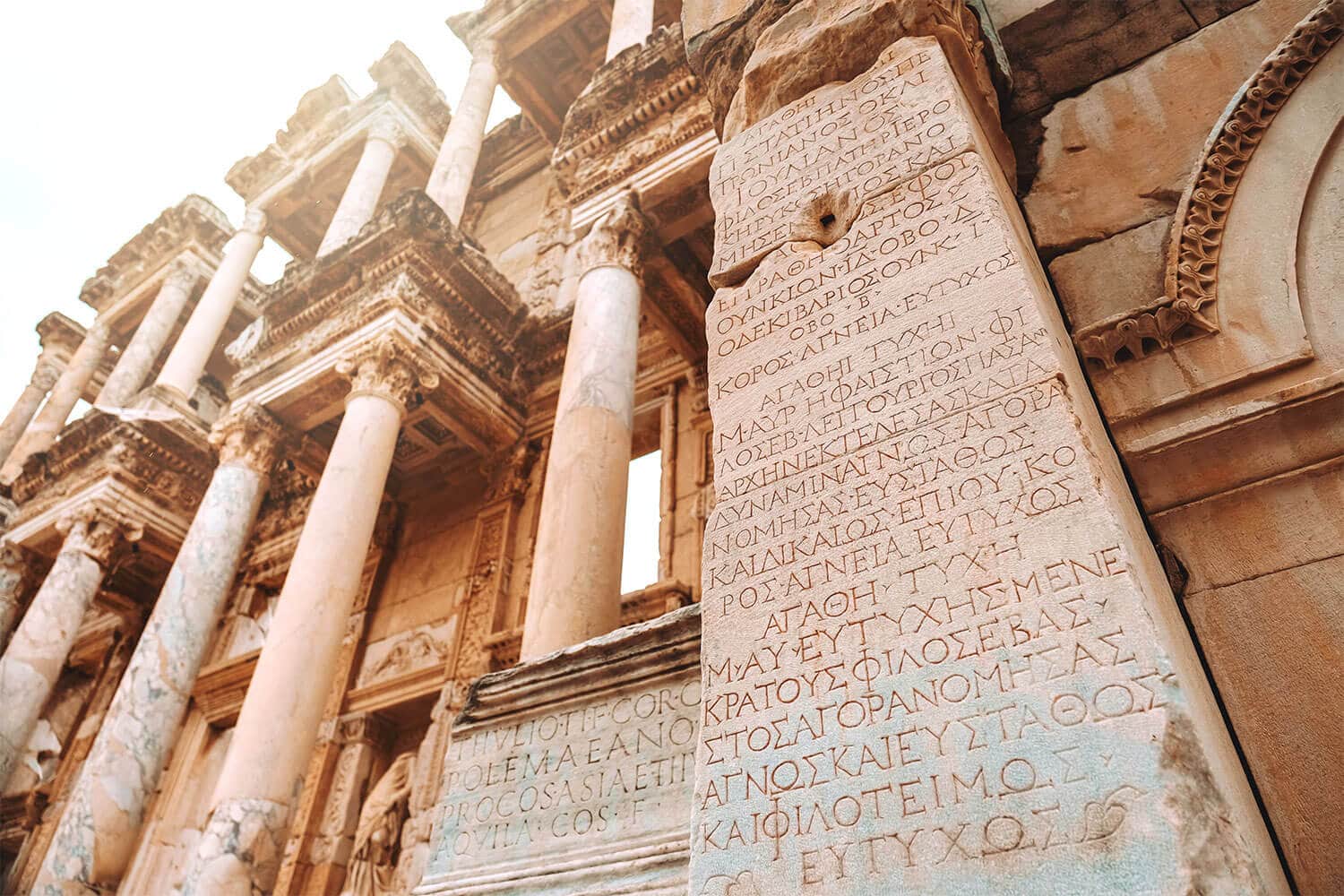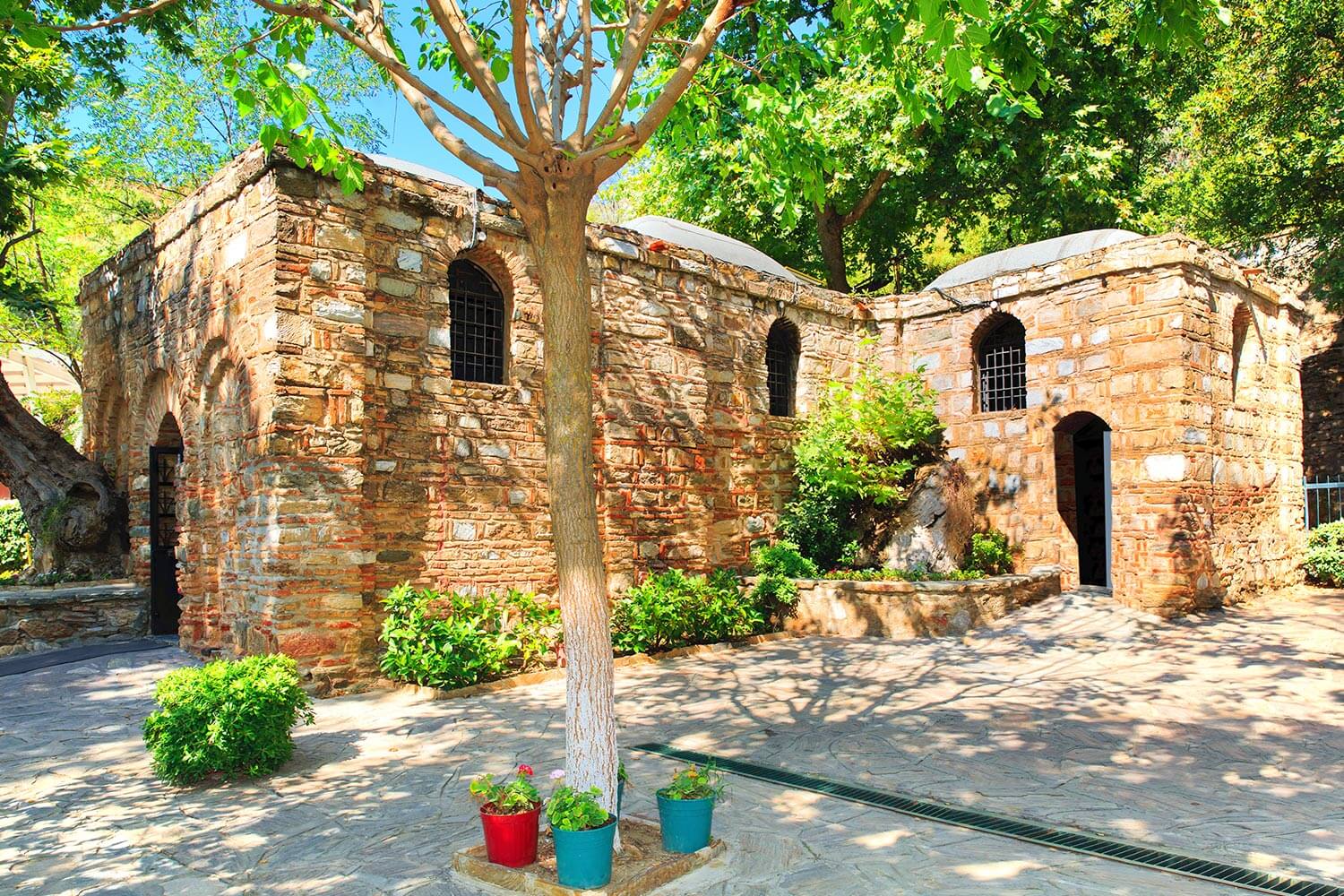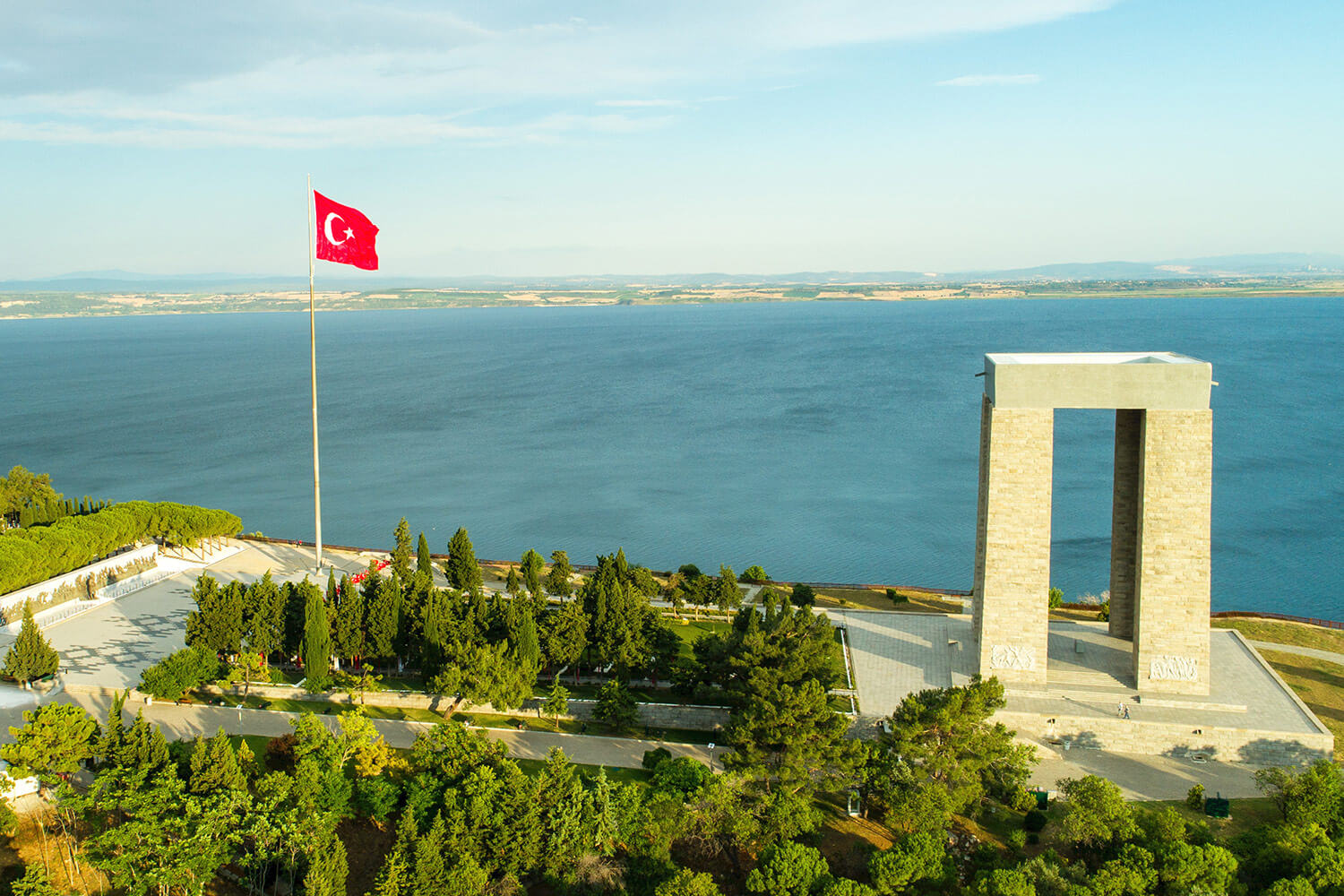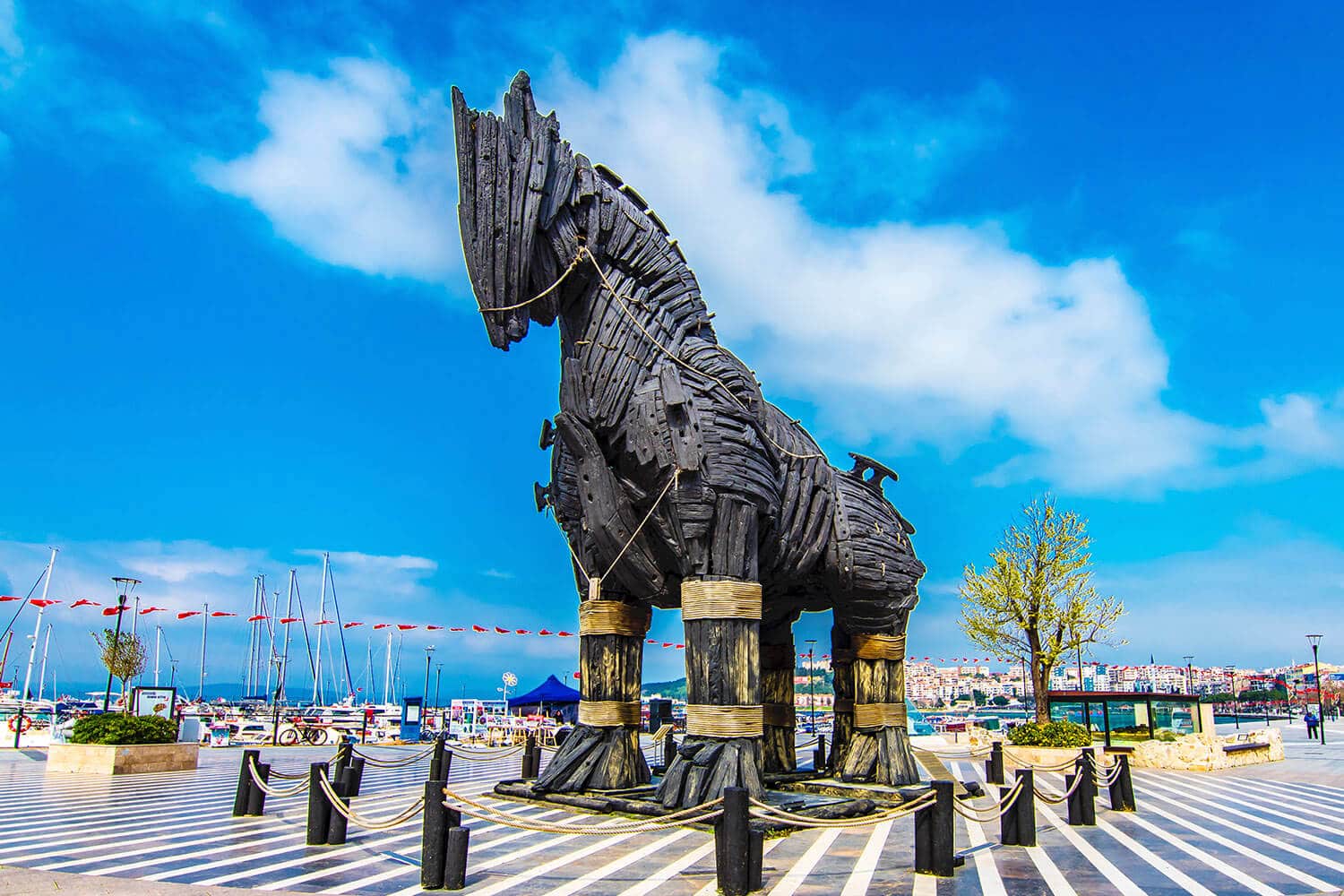Pergamon, also known as Pergamum, was an ancient city located in the Anatolia region, approximately 25 kilometers from the Aegean Sea in present-day Turkey. The city was the capital of the Kingdom of Pergamon during the Hellenistic period, under the Attalid dynasty, 281–133 BC. Pergamon was noted in antiquity for its cultural and political importance.
One of the key attractions of Pergamon is the ancient Acropolis. The Acropolis of Pergamon is home to several unique historical structures such as the Altar of Zeus, the Library of Pergamon, the Trajaneum (Temple of Trajan), and the Theatre, one of the steepest theatres in the ancient world.
The Pergamon Library was one of the most important libraries in the ancient world and was considered to rival the Library of Alexandria. At its height, the library was believed to contain 200,000 volumes.
The Altar of Zeus at Pergamon has been called “the most magnificent monument of Hellenistic sculpture.” It is decorated with a frieze in high relief showing the battle between the Giants and the Olympian gods.
Pergamon is also noted for its parchment (charta pergamena), a writing material made from calfskin, which gained popularity after the Library of Pergamon seemingly aimed to rival the Library of Alexandria, leading to restrictions on papyrus by Ptolemaic Egypt.
In 2014, Pergamon and its multi-layered cultural landscape were inscribed in the UNESCO World Heritage List. Today, the ruins of this ancient city make it a popular tourist destination, with thousands visiting each year to see its historical and architectural wonders.












